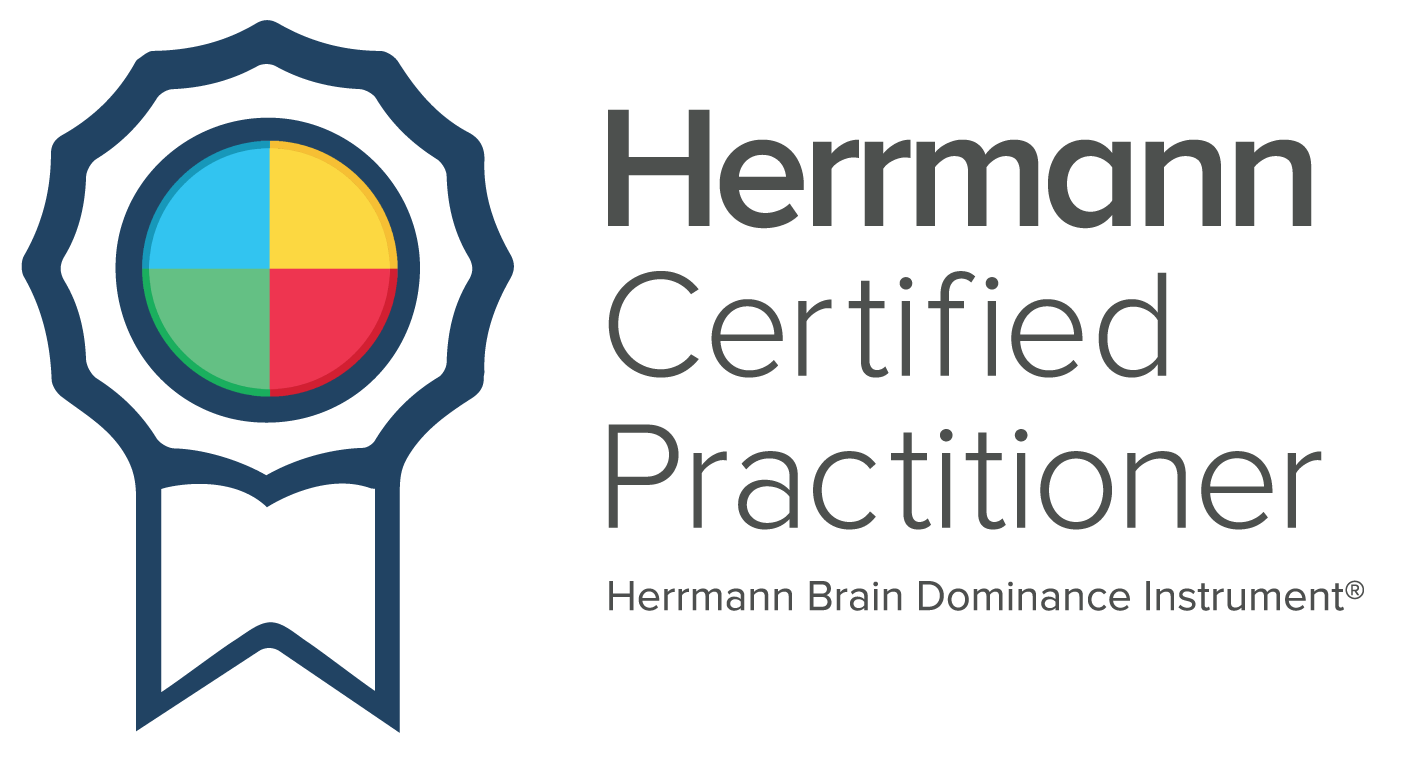ThinkAbout™ Communicating : Learning Strategic Communicating
Whole Brain® Thinking Preferences model, coaches and inspires individual’s communication skills. ThinkAbout™ Communicating half-day training workshop, participants review, how their thinking preferences influence the way they communicate with other stakeholders.
Various daily business miscommunications can be fixed by simply altering our communication based on audiences. It demonstrates the significant role of communication to our internal or external customers who has diverse thinking styles to our own. A variety of organisations across the globe are now take advantage of Whole Brain® Thinking Preferences. The purpose of this is to generate a ‘inclusive, universal and shared language’ that makes it easier to reach a collaborative understanding by all stakeholders.
Companies that apply Whole Brain® Thinking Preferences model are sighted remarkable outcomes for their investment on people. One prominent business describes that their two thirds of call to supervisors decreased, market leadership in customer approval, and a 21% growth in profits.
During the session they will also learn to communicate by employing the Whole Brain® Communicator to bring into line their messages with all four quadrants of the brain power..
FAQ
How long is the ThinkAbout™ Communicating Training?
Face-to-face or online training for 4 (four) hours.
During the ThinkAbout™ Communicating, what will I learn?
When making decisions, we usually utilise our default preferred thinking style.
During the Strategic Communicating training course, you will have a clear understanding on:
- Utilise the Whole Brain® Model to comprehend how others communicate.
- Recognise their own communication technique and be conscious of the impacts it has on
- their addressees.
- Be familiar with the ‘language’ that someone else is utilising.
- Utilise effectively the four quadrants of the Whole Brain® Model to communicate
- Apply the Whole Brain® Model to evade misunderstandings and miscommunications.
- Influence wider audience by communicating in a Whole Brain® style.
Key Units
- Analysis of the Whole Brain® Model.
- The influence of communication in business.
- Thinking preferences and communication.
- The linguistic of the quadrants.
- Avoiding miscommunication.
- Detecting communication methods of others.
- Development of a challenging discussion.
- Applying the Whole Brain® Communicator.
- Awareness to action, putting theory into rehearsal.
WHS and Training Compliance Solutions provides Strategic Communicating, Problem Solving and Decision Making training workshops in Brisbane, Townsville and Toowoomba. Our certified Hermann Brain Dominance Instrument practitioners are servicing across all states and territories in Australia. We also provide training workshops to our international clients. For further information contact us from 0754 992 406
Strategic Strategic Communicating: what's included?
- Course Manual
- This course has a prerequisite: HBDI Consultation (Comprehensive HBD Instrument profile debrief.)
Cost, what is the cost of the training?
The cost of the training is – $415+GST
What does Hermann Brain Dominance Instrument mean?
The Hermann Brain Dominance Instrument (HBDI) is an innovative assessment tool designed to determine an employee’s thinking preferences. It designates how it correlates with other aspects of their work environment. It has been earlier used and was mainly designed to be used in the corporate world to increase the performance and efficacy of employees by making workers aware of their strengths. HBDI tool evaluates the person that drives people to balance their thinking preferences to improve their work, make better decisions, and solve problems creatively.
HBDI assessment gives an insight into individual, pair, and team profiles. Once a team member understands the importance of a level of thinking preferences of own and other team members. This will add value and differences will be viewed as challenging but approachable. This process makes a team tackle the new challenges that come up in the future. All businesses with a small to medium budget can enjoy the benefits of strategic communication.
How does ThinkAbout™ Communicating training assist me?
Influential communication establishes a synergistic way of working with each other. It assist teams to have a high level of commitment towards a shared goal. Effective communication maximises the individual strengths of team members to bring out their best. The leaders and employees must facilitate and build the communication skills of each other, if they want to enhance the company’s success.
Understanding each other’s values and contributions so that they can actively take part in activities varying perspectives. This process enhances workplace communication and coordination of employee participation. Here is another way HBDI is more useful in strategic communication. When people understand peer’s HBDI, it will allow them to look for diverse ideas. This will assist the team to complement each other rather than having a confrontation among themselves.
Who needs to attend ThinkAbout™ Communicating training course?
Anyone involved in strategy, policy development and decision making including – Managers, supervisors, team leaders, project teams, HSRs (Health and Safety Representatives), Health and Safety Teams and Managers, HSCs (Health and Safety Committees)
Why do I need to attend a ThinkAbout™ Communicating training course?
ThinkAbout™ Communicating training courses add value to the teams efficiency by:.
- Recognising how different thinking styles contribute to the organisation’s overall objectives and the team’s working styles and strengths their performance
- Provides the team tools to communicate better problem solving, project outcomes and decision making
- Enhancing communication skills and encouraging influential communication
- Implementing respectable communication between the employees, supervisors, leadership teams and management, and
- Increasing team diversity
HBDI data gathered from the employees’ responses provides detailed information representing their profile, thinking preferences. This allows the employees to adjust themselves with their peer’s communication styles.
